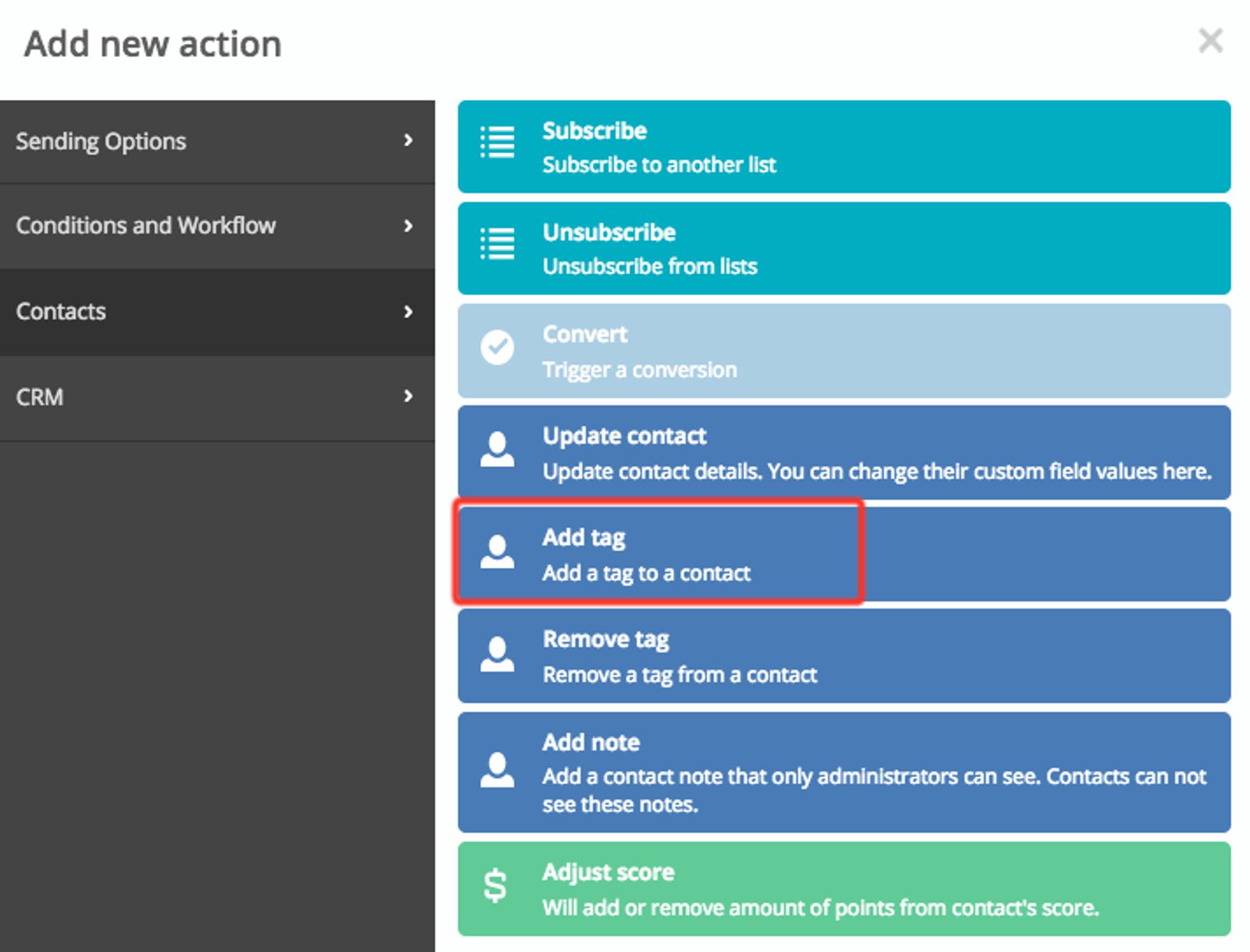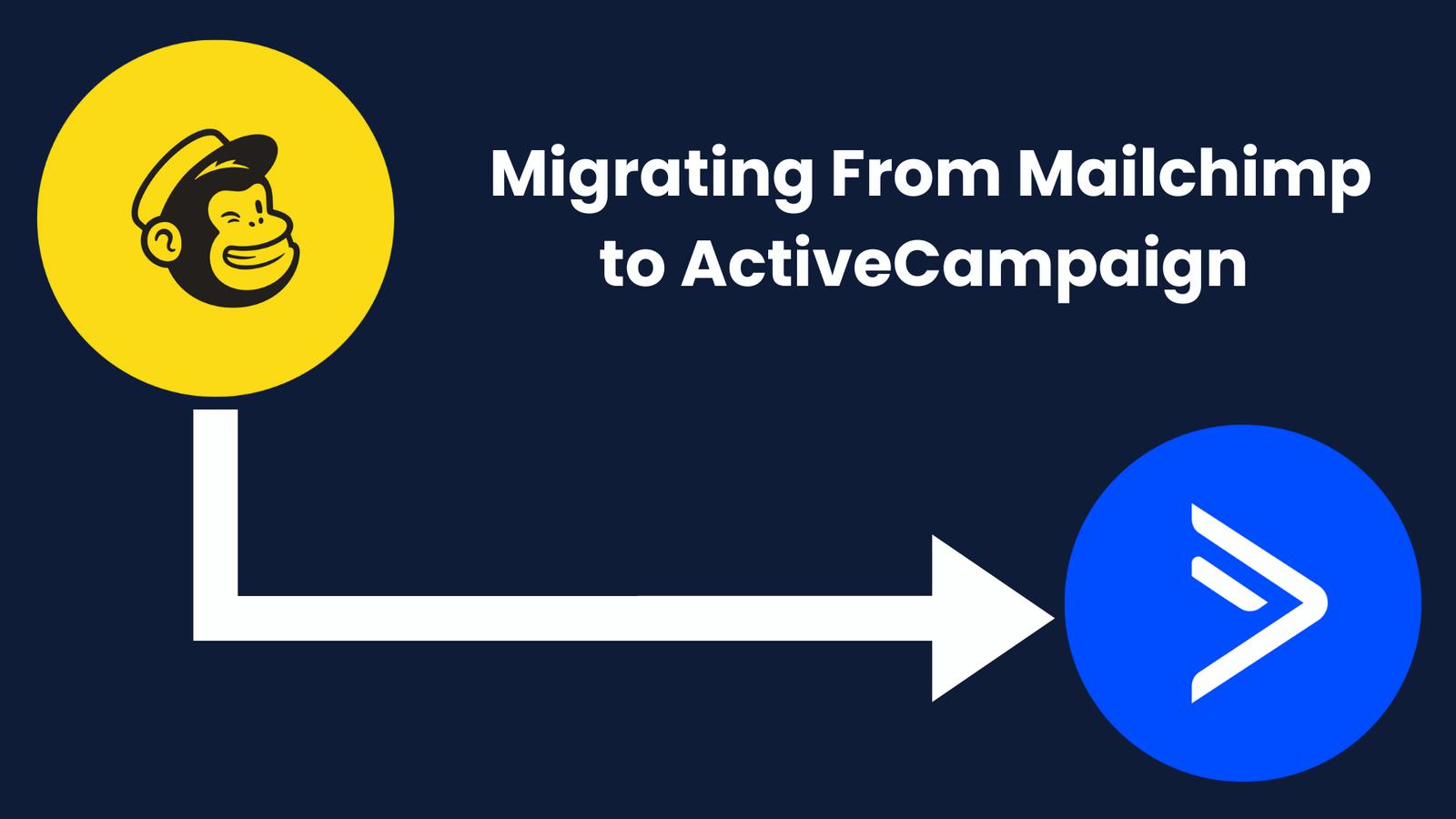If someone off the street asked you to explain a microsite, could you do it?
This post will teach you:
- What is a microsite – and is it a smart marketing choice for your business?
- How to use a microsite to help your business
- 2 great microsite examples to help inspire your own
What is a microsite?
A microsite is a website – often no more than 3-4 pages total – that exists to serve a specific purpose independent of an organization's primary website. A microsite can have a dedicated domain name or be a subdomain.
Here are the characteristics of a microsite:
- Typically temporary. A microsite built around a single, time-limited digital marketing campaign.
- Content heavy. A microsite has a high volume of specific keyword content around the microsite theme.
- Independent. A microsite is supported by its own email addresses, content, and social media.
Here’s what a microsite is not:
- A small website. No, this is not a website you need a magnifying glass for.
- A landing page. A landing page typically lives on the main website to generate leads for a specific offer.
- A subdomain. But it can have its own subdomain (and usually does).
A microsite is a sort of mini-website (or one page site) that doesn’t have as much functionality as the main website. Businesses typically use microsites when they want to promote a group of products in a way that doesn’t distract a user.
The few pages on a microsite may include things like:
- A product demo page
- A place to get some topic-specific content
- A form or survey
Microsites don’t usually have ecommerce functionality or an elaborate sales funnel. Microsites often exist for lead generation, to support a larger marketing campaign, or to promote a single product – not for mass sales of your entire product base.
What’s the difference between a microsite and a landing page?
What separates a microsite from a business’s main website blog or any other branded platform is that it has its own independent URL — usually one that doesn’t use the name of the company sponsoring the site.
Microsites work to widen your reach and target a narrower audience. Although it might seem counterintuitive to create a microsite to focus on just one piece of your business puzzle, they can help you build trust in your overall business.
Is a microsite a smart choice for your business?
Why should you consider a microsite for your business?
If you use a microsite for a good purpose and execute it well, it can be beneficial.
Microsites are a great way to target a specific audience – and by extension target your email marketing campaigns. By adding an email subscription sign-up form to your microsite, you can build a highly-focused list of potential leads.

“Microsites are a great option when you want to cover a specific industry topic without your brand being directly attached to it. By separating this content from your main brand's website, you're more likely to get competitors to reference and link to it as well.
Microsites are also a great option if you want to test an idea or concept before attaching your brand to it. In this example, if the content is validated by your target market, you might move the content to the main brand site, and redirect the pages of the microsite to the brand site.”
Microsite benefits include:
- Pair the right people with the right promotions. Microsites are designed for a specific purpose. That means you can use them to interact with specific, targeted audiences using tailored messages. A microsite can also highlight specific areas of your brand you want to promote.
- Get more rank recognition. Since microsites are focused on a narrow topic, you have the chance to create web pages that contain SEO niche keyword opportunities (especially in your URL). The more you can build for a keyword, the easier people will find you.
- A more focused experience. Microsites let you move people towards a specific action – by giving them only the information they need to take that specific action. By reducing distractions (like website navigation), microsites can help boost conversion rates.
However, just like you can’t have light without dark, there can be some drawbacks to using a microsite. For example:
- Microsites can sometimes confuse visitors. One of the biggest problems a microsite is that users have to adapt to a business website that isn’t your real website. They can visit your main website, click on a link and unknowingly find themselves on a microsite. If the design or navigation is different, it might leave them wondering how they got there and how to get back. Or sometimes, they just leave.
- Microsites can be expensive. The cost of creating and maintaining a microsite isn’t small. It not only costs money to develop a microsite, but it can cost you a lot of your time to keep it running.
- Content development. We’re talking about a whole other sub-site that needs its own content. That takes more time and work.
- Time commitment. Because a microsite is a new domain, it has to build its own domain authority for search engines (if this is your priority).
Should you use a microsite? That’s for you to decide. But here are a few considerations to help you make the call.
You can use a microsite when:
- You want to have a place whose content caters only to one product
- You’re running a marketing campaign and want more control over the design and navigation of the related web pages
- You want to limit the number of choices you give a site visitor so that they complete your desired action – like buying a product or downloading content
- You have a specific product that you want to separate from the rest of your business’ offerings.
How to use a microsite to help your business
There are 2 main reasons to use microsites:
- To highlight a targeted campaign – like an event, a seasonal product, or a contest
- To publish regular, ongoing content – like a hub for video content or a specific newsletter topic
Because of their focus on targeted audiences, microsites can help your business with automated email marketing by creating segmented groups of email contacts based on personalized tags.
Tags are about to become your new email marketing best friend.

A narrowly targeted audience makes for a better, more reachable list. If you know what people want, you can better tailor your emails to fit their needs.
On a microsite, it’s common to have an opt-in email form to build a highly focused list of potential leads.

When someone visits your microsite and fills out your form, you can automatically add tags to their record based on pretty much anything, including:
- Interests
- Links clicked on the microsite as they navigate
- Referral source
- Completed actions
What to know about microsites and SEO
On a microsite, there’s an opportunity to create content that ranks for more niche SEO keywords. If you do the math it seems to add up, right?
Extra website for your business + more keywords on the website = better SEO
It would be nice if SEO math were that simple.
Unfortunately, there’s no perfect formula to make your business visible online. A microsite might help increase your brand’s visibility, but it’s not a guarantee.
Why? Well, there are two sides to this:
- Some people argue that a microsite is a chance to rank for more specific keywords while still being under your company's brand umbrella
- Others argue that it dilutes SEO efforts because they target smaller, more specific audiences over a short time period – which subsequently drives less traffic so they don't gain the site authority they need to rank well
The reality? Both sides are true.

“The concept of a microsite is great for searchers. The entire purpose is to refine your messaging and do a better job of immediately answering your audience’s questions - who wouldn’t want to rank that?
The SEO issue with microsites is that they often become a “set and forget” initiative and can become a distraction to high-impact SEO projects. They also come with extra maintenance and costs. Domain hosting, link building, sitemaps, analytics tagging, and testing must be done separately. This becomes inefficient for many companies, especially small businesses.
The upside of a microsite is that if they are built well and perform well, it’s a tide that lifts all ships. Assuming you are linking back to your main site, this can be a great link building tactic if done right. If you have clear marketing KPIs established for the microsite and have time to spare, give it a shot. If not, consider keeping the content on your domain and better-leveraging multi-channel marketing strategies to improve brand messaging and targeting.”
So! When you want to create a microsite, you need to be able to check these off your microsite checklist:
- Clearly outline your reasons for a microsite. Are you running a special promotion? Looking for a hub to house some specific, regular content? Whatever it is, this needs to be fully addressed before anything else
- Outline an SEO strategy based on the microsite niche. This kind of site is not meant to just be a smaller version of your main website. It needs to target specific terms that will bring people directly to it.
- Create an individual domain or a subdomain. A microsite is meant to be a mostly separate entity from your main website that exists for a specific, singular purpose. Single purpose = single domain.
- Look for inspiration. Whether you create your microsite yourself or outsource for development and design help, it’s helpful to have microsite examples to follow.
2 great microsite examples to help you create your microsite
What should your microsite actually look like?
When you see other microsites, you will see different design styles that are tailored to different target audiences. However, there is a certain amount of design consistency between microsites and their parent websites related to things like:
- Navigation menus
- Typography
- Brand colors and fonts
Here are a couple of microsite examples to draw ideas from.
Spotify created microsites to target each user's year in music taste. These sites offer more music recommendations and give stats on your listening experience. And much like snowflakes, no single microsite is like another – it’s tailor-made for you.

This Spotify marketing campaign goes beyond traditional advertising, extending a shared user experience across everything from billboards to email to the web. The microsite is the key component of this integrated experience, and it helps create a campaign that feels both global and personal.
Sean Blanda, Director of Content for Crossbeam, created this microsite as a reminder to own your platform. The page subtly scrolls through different colors and uses a simple text column with bold fonts to make the message stand out. Because of its evergreen message, the page gets mentioned any time platform ownership is talked about on Twitter (aka, often).

Plus, a little dance meme. What could be better?
A microsite can mean great things for your business, as long as you do it right.








